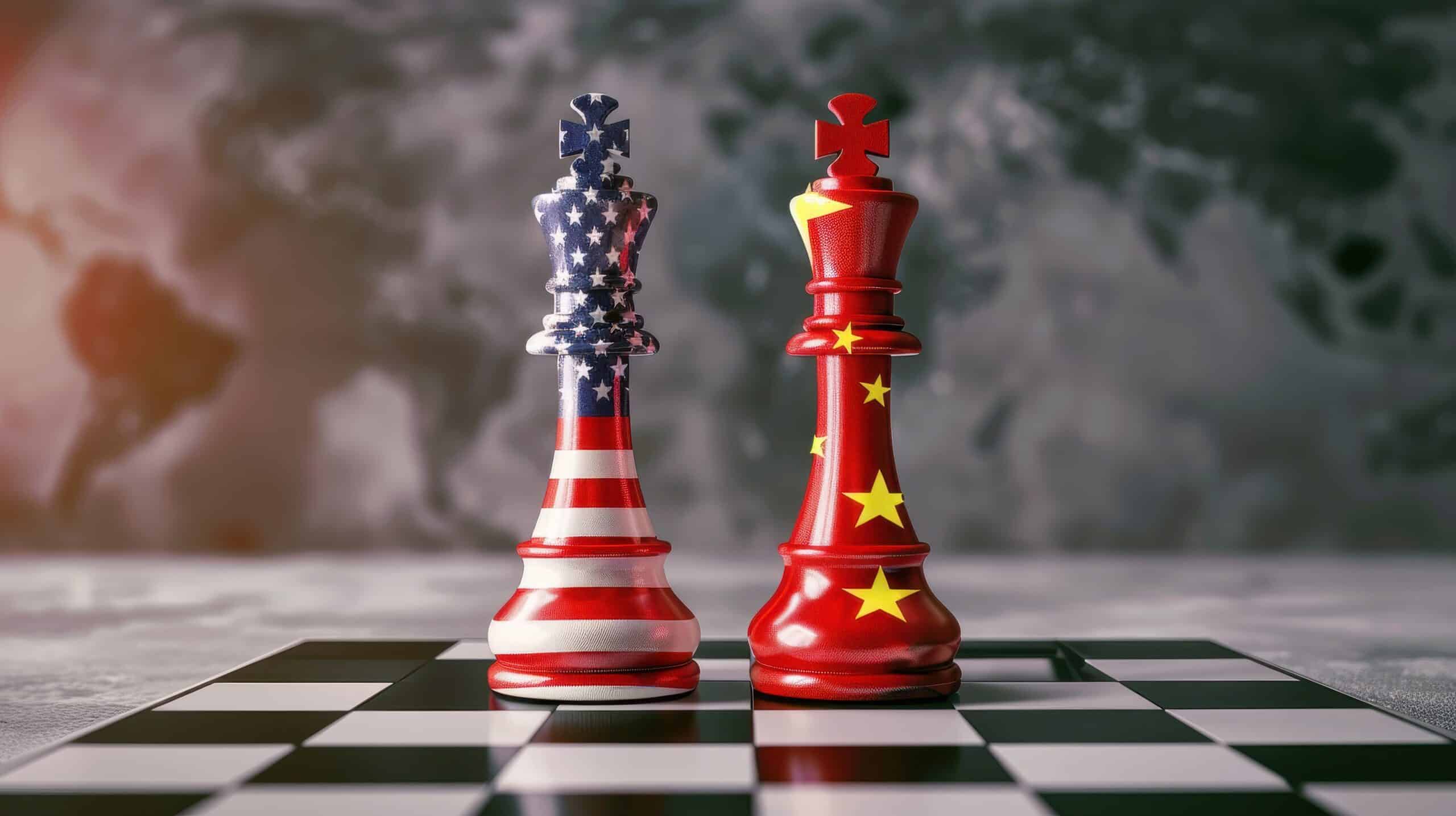As foreign governments reduce their appetite for U.S. debt, the dollar’s stability—and your savings—hang in the balance.
On April 9, 2025, the U.S. raised tariffs on Chinese imports to a staggering 145%, citing China’s massive trade surplus, intellectual property theft, and repeated violations of trade rules since joining the WTO. It’s the strongest retaliatory trade measure we’ve seen in years—and it marks a clear escalation.
But while the headlines focus on goods crossing borders, the real story may lie elsewhere: in the bond market.
America’s #1 Export Is Debt
The U.S. imports about $3.7 trillion worth of goods annually. We are, without question, the world’s largest consumer nation.
But what do we send in return?
Our single largest export—by dollar value—isn’t oil, agriculture, or tech. It’s U.S. Treasury debt. Foreign central banks, including China’s, hold around $4.2 trillion in Treasuries across all maturities. These bonds act as global reserves, backing currencies and stabilizing balance sheets from Beijing to Brussels.
So when a major foreign creditor like China gets slapped with a 145% tariff, the natural question becomes:
What if they retaliate by dumping Treasuries?
Or perhaps even more dangerously—what if they simply let them quietly roll off their balance sheet?
This Would Be a Boycott of Our Top Export
The financial press often covers trade policy as though it’s about steel, semiconductors, or soybeans. But at the sovereign level, the real exchange has always been this: They send us goods, we send them debt.
That’s the essence of the post-Bretton Woods global economy.
A coordinated pullback from Treasuries is effectively a boycott of our primary export. It’s not symbolic. It’s structural—and it strikes at the heart of how we fund our government, defend our currency, and maintain global influence.
If They Don’t Want Our Debt, Do We Still Want Their Goods?
That’s where the tension escalates.
If foreign governments decide to stop financing our deficits, tariffs become more than just a trade tactic—they become a retaliatory weapon. The logic is simple: if you won’t recycle your trade surplus back into Treasuries, we’ll make it harder for you to export to us.
It’s the start of a financial cold war.
The Fed as Buyer of Last Resort
If foreign buyers retreat, someone still has to finance Washington’s spending.
That someone is the Federal Reserve.
The Fed may be forced to step in—again—buying Treasuries with newly created dollars. This is how you get monetized debt, rate suppression, and long-term inflationary risk. It might not spark overnight panic—but it quietly erodes the purchasing power of savers, retirees, and dollar-based investors.
This is the slow burn that most people don’t notice until it’s too late.
Why Gold Matters Now More Than Ever
This is where physical gold plays a critical role.
Gold doesn’t rely on foreign buyers or central banks. It isn’t subject to sanctions, tariffs, or trust. It isn’t printed or inflated. It doesn’t roll off a balance sheet.
It just is.
When foreign nations begin to weaponize their dollar holdings—and the Fed quietly picks up the slack—real assets matter. Not as a panic hedge, but as a strategic counterbalance to systemic risk.
If you’re concerned about the long-term stability of the dollar, let’s talk about how physical gold fits into your strategy.


